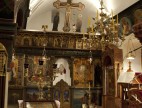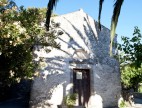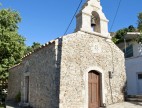Places

Panagias (Mother Mary) Church (Lambini)
This is a simple four-pillar, cruciform church with a cupola. It dates from the end of the 12th century. Mural decorations are to a great extent preserved despite physical deterioration and the fact that the church had been set on fire. The murals were painted in three different periods between the 12th and the 15th […]
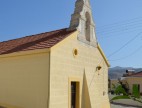
Agios Haralampos & Agios Theodoros (St. Charalampus & St. Theodore) (Spili)
A two-aisled church dedicated to St. Charalampus and St. Theodore, the oldest aisle dedicated to the latter. Unfortunately, only the sanctum murals have been preserved; however, the wonderful wood-carved iconostasis includes 19th century icons with typical features of the Cretan School. The church also has an impressive bell tower with baroque elements.

Koimisi tis Theotokou (Dormition of Mother Mary) Church (Agia Galini)
This is the church of the district cemetery. It is of an unusual architectural style, since it has two smaller aisles perpendicular to the axis of the central nave. The Church of the Dormition is associated with a local legend that refers to the hamlet name. According to this legend, a Byzantine princess was travelling […]
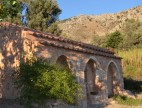
Agios Georgios Xiphophoros (St. George the Sword-bearer) (Apodoulos)
A 13th century church; According to its inscription, it was the catholicon (main church) of the monastery. It is a one-aisled basilica with numerous murals. In the north part of the church the depiction of St. George holding a sword stands out.
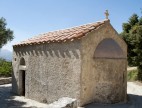
Agios Georgios (St. George) (Fourfouras)
St. George stands at the Mourtzes or Mourtza location, southeast of the village. It is a one-aisled, arch-roofed church, built on the ruins of an older church, and it dates from the 15th century. The murals are preserved in good condition and originated in the first half of the 15th century.
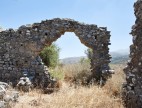
Early Christian Basilica (Vizari)
It is an early Christian basilica situated just outside the hamlet at a location called Ellinika. It is a three-aisled basilica with a narthex and a wooden roof, dedicated to Mother Mary and St. Vlasius and St.Theodore. It dates from the 6th century and was altered during the 8th or 9th century. It was probably […]

